A Midwest region of Brazil consists of three states: Goias, Mato Grosso It is Mato Grosso do Sul, besides the Federal District, where the capital of the country, Brasilia, is located.
In a strategic position, this region borders all other regions of Brazil, in addition to the South American countries Bolivia and Argentina.
see more
Discover the origin of Folklore in Brazil
60 Myths and Legends from Brazil and the World – Folklore Characters…
A midwestern formation came about as a result of miscegenation between indigenous peoples, gauchos, miners, paulistas, Bolivians and Paraguayans. This factor ended up influencing their culture, characterizing it as totally plural, by incorporating elements from each population.
The Midwest has become known for country music, which moves billions in the economy and produces eventsimportant.
Important tangible and intangible cultural heritage belongs to the region, such as the Cavalhada and the Festa of the Divino Pai Eterno, some even listed by the National Historical and Artistic Heritage Institute (IPHAN).
To the Midwest Natural Resources have fostered environmental tourism, such as the beautiful waterfalls at Chapada dos Veadeiros, in Goiás, and the paradises of Bonito, in Mato Grosso do Sul, and Nobres, in Mato Grosso.
In terms of cuisine, competition with other places is also fierce, especially: rice with pequi, carreteiro rice, pamonha, maria-isabel, among others.the delicious dishes.
Although it is the only region that is not bathed by the sea, there are many other attractive. Know a little more about midwestern culture and visit to appreciate your riches!
There are several popular festivals in this region. Throughout the year, you can arrange to meet them. As we mentioned, some have even become heritage, due to the history behind their creation and the need to keep them in the people's memory.
See examples of parties in the Midwest Region:
Cavalcade

In the city of Pirenópolis, in Goiás, one of the most important cavalhadas in Brazil takes place, the Pirenópolis Horse Riding. Instituted by Father Manoel Amâncio da Luz, in 1826, as the format of the piece Charlemagne's battalion, the tradition continues to this day.
Implemented by Queen Isabel, of Portugal, due to new religious conflicts, the cavalhadas symbolize the fight between Christian knights (in blue clothes) and Moors (in red clothes), armed with spears and swords. Ambassadors, princes and kings represent the nobility, and the other masked characters represent the population.
There are three days of theatrical staging, with one battle per day. Finally, the Christians are victorious, and the Moors are converted to the Christianity.
Fogaréu Procession

A Fogaréu Procession of the City of Goiás it is one more of the traditional ceremonies of the state, it is the only place to carry out this cultural manifestation.
Some writings report that the festival has been celebrated in the City of Goiás since 1745, having been organized by Father João Perestelo de Vasconcelos Espíndola.
The ritual that mixes religiosity and folklore reached Arraial de Sant’Anna, the former name of the City of Goiás, during the period of gold exploration by the Portuguese.
Held on the Wednesday of Holy Week, during the Easter celebrations, the performance portrays the search and arrest of Christ, in which the farricocos (represented in the image above) are the central elements.
revelry of kings

A revelry of kings It is a Catholic festival, whose intention is to celebrate the visit of the Three Wise Men (Gaspar, Melchior and Baltazar) to the baby Jesus.
Lasting 12 days, from the 24th of December, Christmas Eve, the birth of Christ, until the 6th of January, the day the Wise Men arrive in Bethlehem, the celebration is celebrated.
Despite existing in different regions of Brazil, Goiás, Minas Gerais, Bahia, São Paulo, Espírito Santo and Rio de Janeiro are the most common states to hold the party.
Feast of the Divine
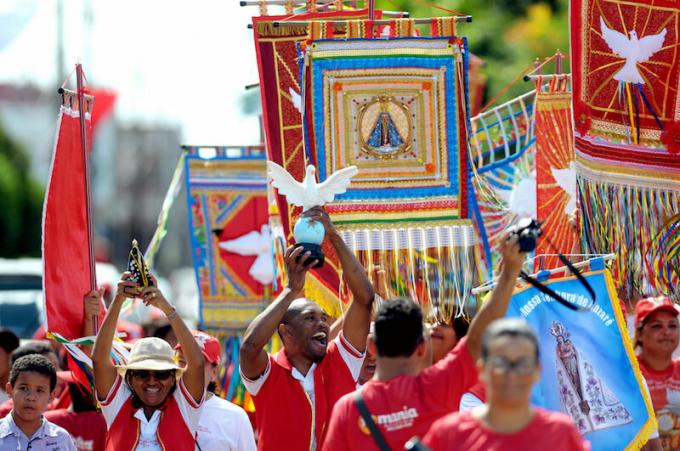
A Feast of the Divine is another Catholic celebration, performed on the day of Pentecost. However, even though it has Christian roots, other elements of a popular character were added to it, such as the figure of the Emperor, the raising of the mast and the fireworks.
The celebration is a legacy of the Portuguese and, in addition to Goiás, it is held in cities in other regions, such as Mogi das Cruzes, in São Paulo, Paraty, in Rio de Janeiro, and in some cities in Rondônia.
Pilgrimage of the Divine Eternal Father
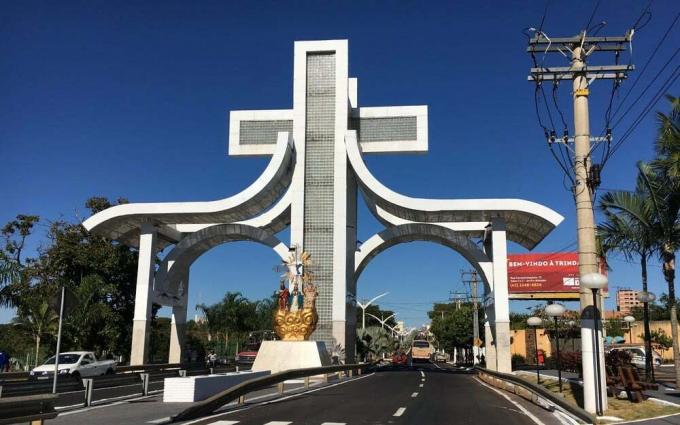
Another feast similar to that of the Divine is that of Divine Eternal Father which takes place in Trindade, a city in the state of Goiás, on the first Sunday of July. On the same date, the Catholic Church celebrates the Holy Trinity.
With origins dating back to 1840, when a family of farmers found a medal with the image of the Holy Trinity crowning Mary, the celebration has been held ever since.
Over two weeks, pilgrims make the 18 km journey on foot, on the GO-060 highway, between the Goiânia interchange and the Basilica of Divino Pai Eterno, to make their requests and thanks.
Catalan Congada
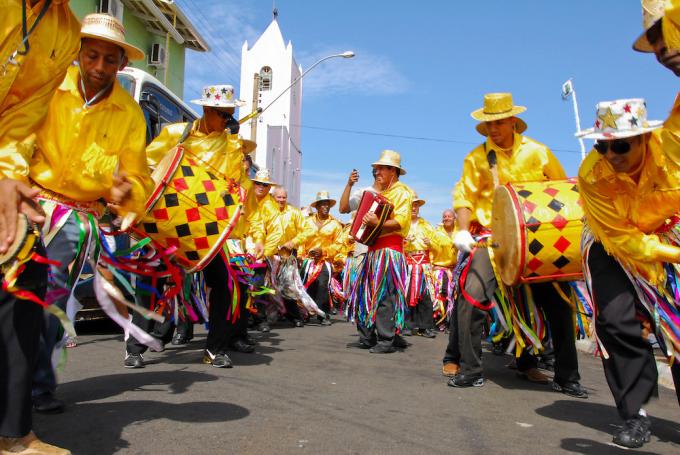
A Catalan Congada It is a festival celebrated since 1876, being one of the oldest in Goiás.
Starting on the second Sunday of October, the celebration is divided into two parts, one religious and the other folkloric. In the religious part, masses, processions and prayers of rosaries are held, in the folkloric part, there is the presentation of music and dances, in addition to visits to the first residents of the region.
Its origin is African and despite having started only with participants from the Irmandade do Rosário, it recently gathers more than a thousand dancers, cast in 16 suits (groups).
To the brazilian dances are intertwined with the culture and historical factors of each people. In the context of the Brazilian Midwest, many happy and colorful rhythms represent it.
Each state has its dances, due to its own characteristics. See below the dances from the midwest region:
Goias Dances

Catira, villain and drum are the typical dances from Goiás.
The catira is the best known of them, in which a group of people stand in front of each other and tap dance and clap their hands to the sound of a guitar.
Dances from Mato Grosso

Siriri, cururu, boi-à-serra and São Gonçalo dance are the typical dances of Mato Grosso.
Siriri, a dance for both women and men, is one of the most traditional in the region. In it, pairs are formed to dance in circles or rows with the help of musical instruments, such as the cocho, the ganzá and the owl.
Dances from Mato Grosso do Sul

Macaw, crab, catira, chupim, maromba mill, new mill, palomita, carão polka, sarandi and xote are typical dances of Mato Grosso do Sul.
The chupim dance is performed to the sound of Paraguayan rhythms. Its movements resemble the wings of a bird, which has the same name, when courting the female.
Brasilia dances

The capital Brasilia does not have many traditional dances because most of its people come from other states. However, the gangs are very popular in the capital, and can be considered as typical dances of Brasilia.
In addition to these, forró, bumba-meu-boi and samba bring joy to the residents of the Federal District.

In relation to Midwestern music, several styles are present in his narrative. However, some with greater expression than others, as is the case of countryside,ranging from the so-called “root” to the “university”.
Despite not being limited to the region alone, studies on the sertanejo establish a link with the state of Goiás, where most of the artists are located. There is even a joke that says: just shake a tree, and a sertaneja duo will fall.
However, other musical genres also make up the region, such as viola fashion, rasqueado, guarânia and, to a lesser extent, but not least, punk and rock.

A Midwestern cuisine it was also influenced by its first inhabitants. Due to its historical heritage and what is produced locally, some ingredients are common in the natives' recipes, such as: fish, game animals, pequi and spices.
Rice with pequi, maria-isabel rice, chicken, free-range chicken, corn, pamonha, goiano casserole, cassava dumplings, rice cake, chipa, curau, banana farofa and painted mojica are typical dishes of the midwest region.

O crafts from the Midwest region it is associated with the customs of indigenous peoples and local colonizers.
Handmade pieces are produced with different material resources, such as ceramics, wood, silver and stones. There are also upholstery items, pottery productions and wood carvings.

The regions have games that are transmitted from generation to generation, and in the Midwest it could not be different.
See a list of some midwest region pranks:
In addition to games, each region has its own urban legends. see some myths and Folk Legends of the Midwest:
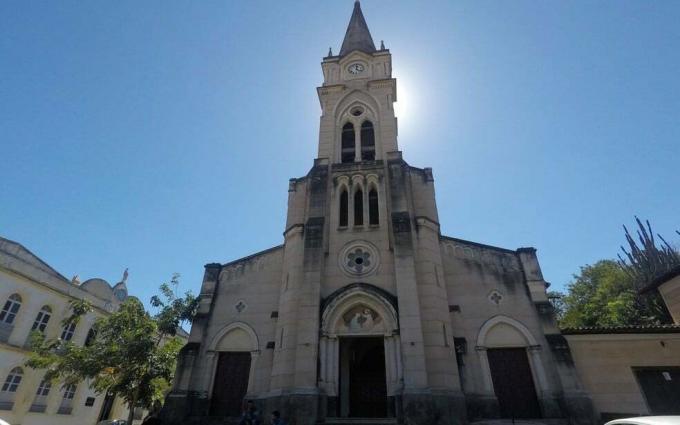
According to the last Population Census by the Brazilian Institute of Geography and Statistics (IBGE), released in 2010, there are several religions of the midwest region.
Among them are Catholicism, Protestantism, Umbanda, Candomblé, Evangelical religion and Eastern religions. However, it is important to underline that 8% of the population has no religion.
After reading about the culture of the Midwest, you might be interested in exploring the region. Find out what sights to visit is what you won't miss! In all states there are interesting destinations, with historical riches and natural beauties.
See suggestions from tourist attractions in the midwest region:
Brasilia's tourist attractions

The federal capital has a rich architecture and it is not by chance that it received the title of Humanity's cultural heritage, of the United Nations Educational, Scientific and Cultural Organization (UNESCO).
Among the destinations to visit are:
Goias tourist attractions
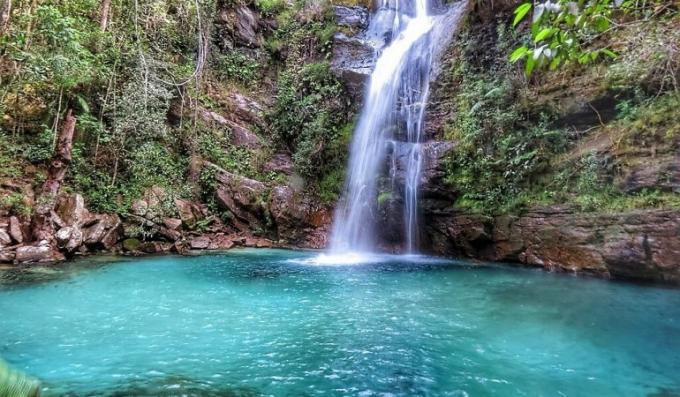
“When I want more, I go to Goiás”, chant the sertanejos about the land of pequi. One of the reasons is due to the immense natural wealth that the state has.
To enjoy some, follow the list with tourist cities to visit in Goiás:
Tourist points of Mato Grosso
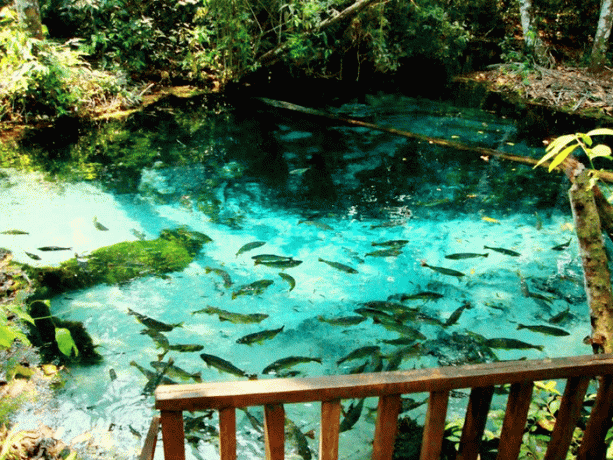
Mato Grosso is the only state that conserves three biomes – Amazon, Cerrado and Pantanal. With options for historical and natural tours, there are many options to enjoy.
see some tourist attractions in Mato Grosso:
Tourist points of Mato Grosso do Sul
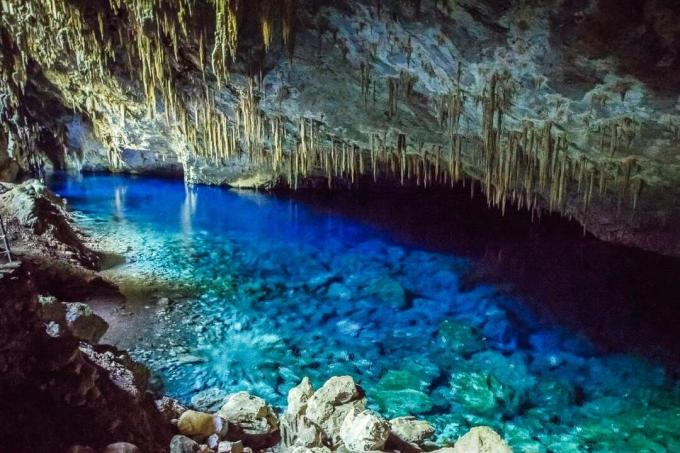
Much of the beauties of Mato Grosso do Sul are associated with its natural beauties, a true refuge.
Here are some suggestions for tourist attractions in Mato Grosso do Sul:
See too: